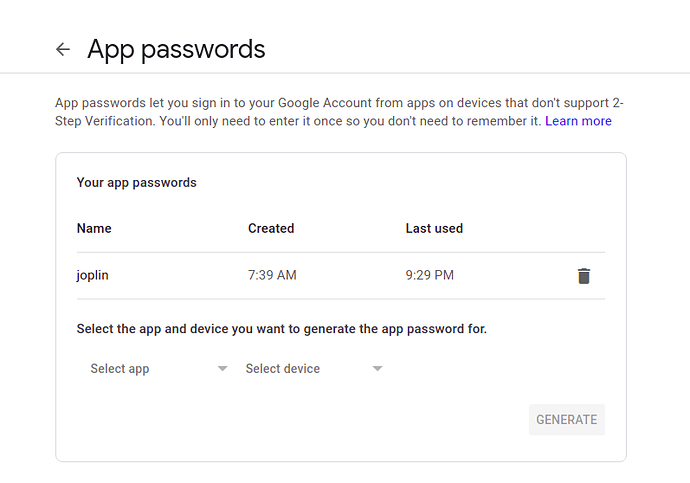Does it store the credentials locally? Or is this code uploaded to the hosted server?
I think there is hope 
I think I found the solution by using OAuth 2.0 for Client-side created by Google
It's not much different from the basic method, but the difference in this process is that there is no intermediary between the user and the email provider, and it doesn't give you a refresh token to update. It just calls the getToken function to get the access token, and when the access token expires, it refreshes automatically but must run The page based on a pre-defined protocol between me and the email provider like http://localhost:5000 to ensure that this user is indeed the one who authorized the access.
I tested this with a quick example index.html
After taking the access token and passing it along with the email to imap, this is the successful connection log and also displays all email mailboxes:
[connection] Connected to host
<= '* OK Gimap ready for requests from 197.63.191.116 l26mb465876882wmc'
=> 'A0 CAPABILITY'
<= '* CAPABILITY IMAP4rev1 UNSELECT IDLE NAMESPACE QUOTA ID XLIST CHILDREN X-GM-EXT-1 XYZZY SASL-IR AUTH=XOAUTH2 AUTH=PLAIN AUTH=PLAIN-CLIENTTOKEN AUTH=OAUTHBEARER AUTH=XOAUTH'
<= 'A0 OK Thats all she wrote! l26mb465876892wmc'
=> 'A1 AUTHENTICATE XOAUTH2
<= '* CAPABILITY IMAP4rev1 UNSELECT IDLE NAMESPACE QUOTA ID XLIST CHILDREN X-GM-EXT-1 UIDPLUS COMPRESS=DEFLATE ENABLE MOVE CONDSTORE ESEARCH UTF8=ACCEPT LIST-EXTENDED LIST-STATUS LITERAL- SPECIAL-USE APPENDLIMIT=35651584'
<= 'A1 OK bishoy.magdy.adeeb@gmail.com authenticated (Success)'
=> 'A2 NAMESPACE'
<= '* NAMESPACE (("" "/")) NIL NIL'
<= 'A2 OK Success'
=> 'A3 LIST "" ""'
<= '* LIST (\\Noselect) "/" "/"'
<= 'A3 OK Success'
=> 'A4 LIST "" "*"'
<= '* LIST (\\HasNoChildren) "/" "INBOX"'
<= '* LIST (\\HasChildren) "/" "Mailspring"'
<= '* LIST (\\HasNoChildren) "/" "Mailspring/Snoozed"'
<= '* LIST (\\HasChildren \\Noselect) "/" "[Gmail]"'
<= '* LIST (\\All \\HasNoChildren) "/" "[Gmail]/All Mail"'
<= '* LIST (\\Drafts \\HasNoChildren) "/" "[Gmail]/Drafts"'
<= '* LIST (\\HasNoChildren \\Important) "/" "[Gmail]/Important"'
<= '* LIST (\\HasNoChildren \\Sent) "/" "[Gmail]/Sent Mail"'
<= '* LIST (\\HasNoChildren \\Junk) "/" "[Gmail]/Spam"'
<= '* LIST (\\Flagged \\HasNoChildren) "/" "[Gmail]/Starred"'
<= '* LIST (\\HasNoChildren \\Trash) "/" "[Gmail]/Trash"'
<= '* LIST (\\HasNoChildren) "/" "test1B"'
<= 'A4 OK Success'
{
INBOX: {
attribs: [ '\\HasNoChildren' ],
delimiter: '/',
children: null,
parent: null
},
Mailspring: {
attribs: [ '\\HasChildren' ],
delimiter: '/',
children: { Snoozed: [Object] },
parent: null
},
'[Gmail]': {
attribs: [ '\\HasChildren', '\\Noselect' ],
delimiter: '/',
children: {
'All Mail': [Object],
Drafts: [Object],
Important: [Object],
'Sent Mail': [Object],
Spam: [Object],
Starred: [Object],
Trash: [Object]
},
parent: null
},
test1B: {
attribs: [ '\\HasNoChildren' ],
delimiter: '/',
children: null,
parent: null
}
}
I just need a little time to dig deeper.

